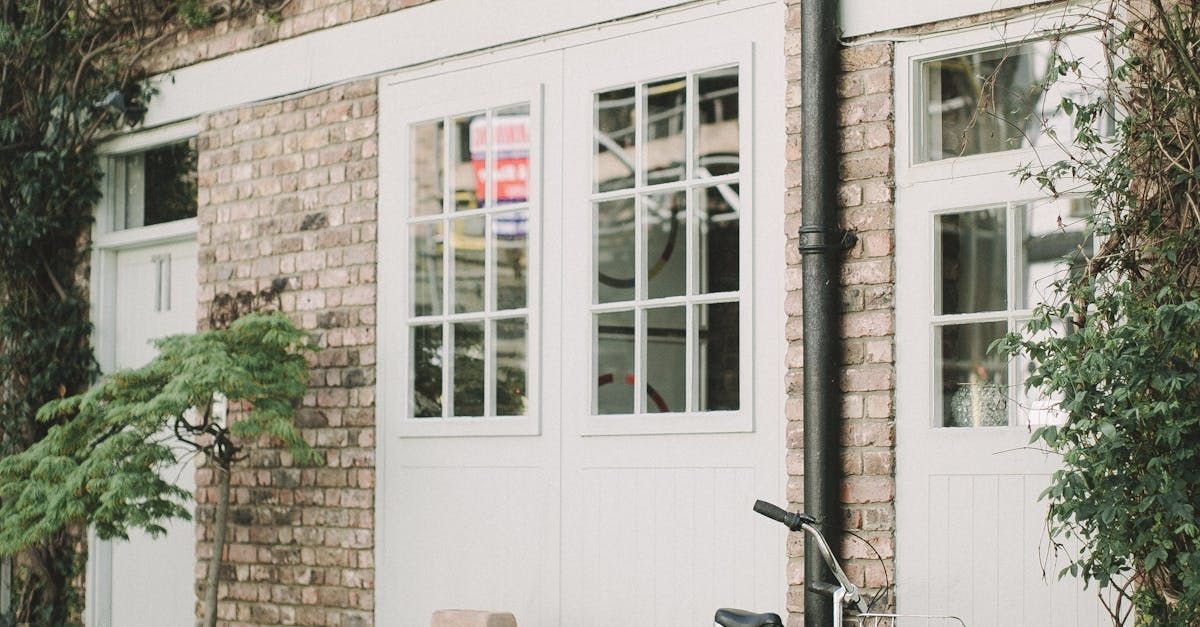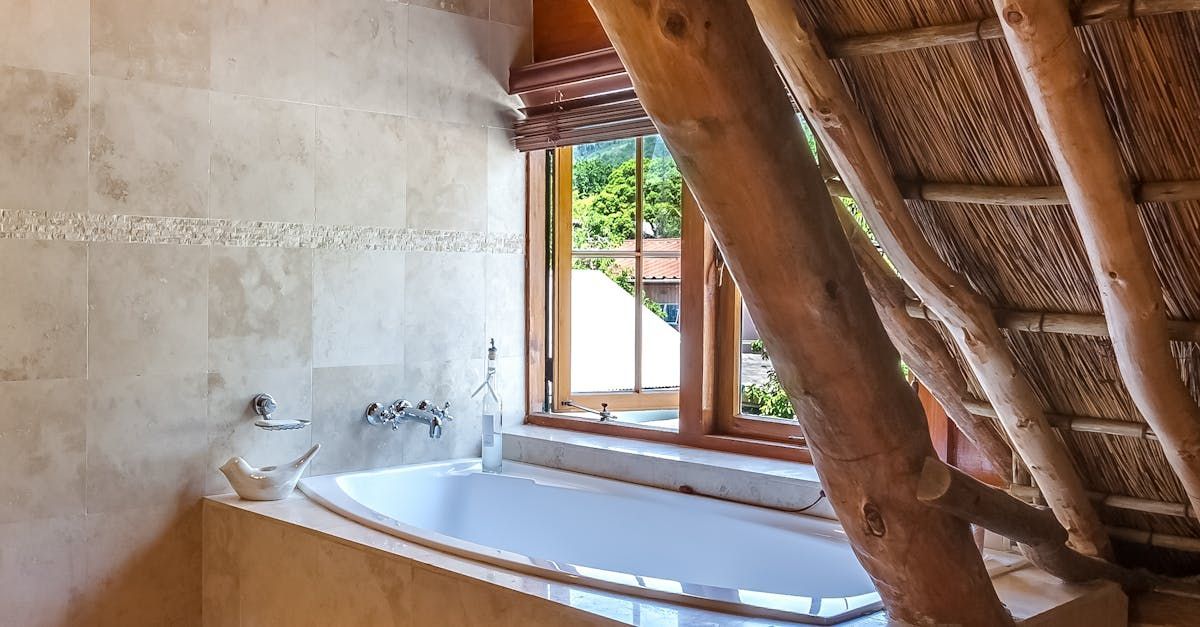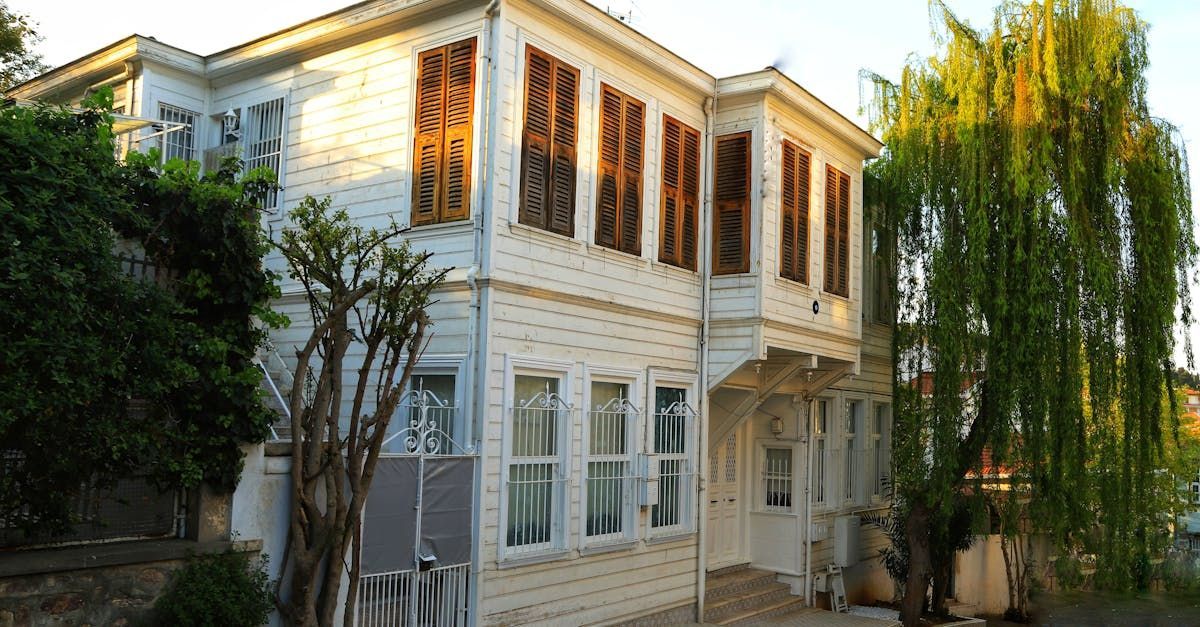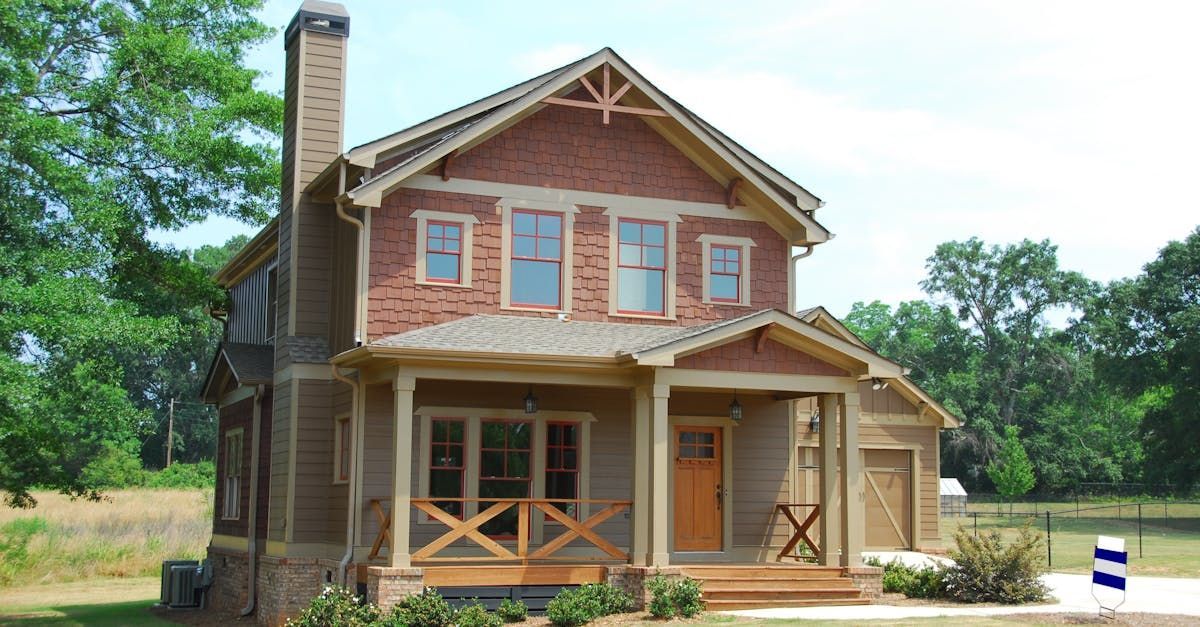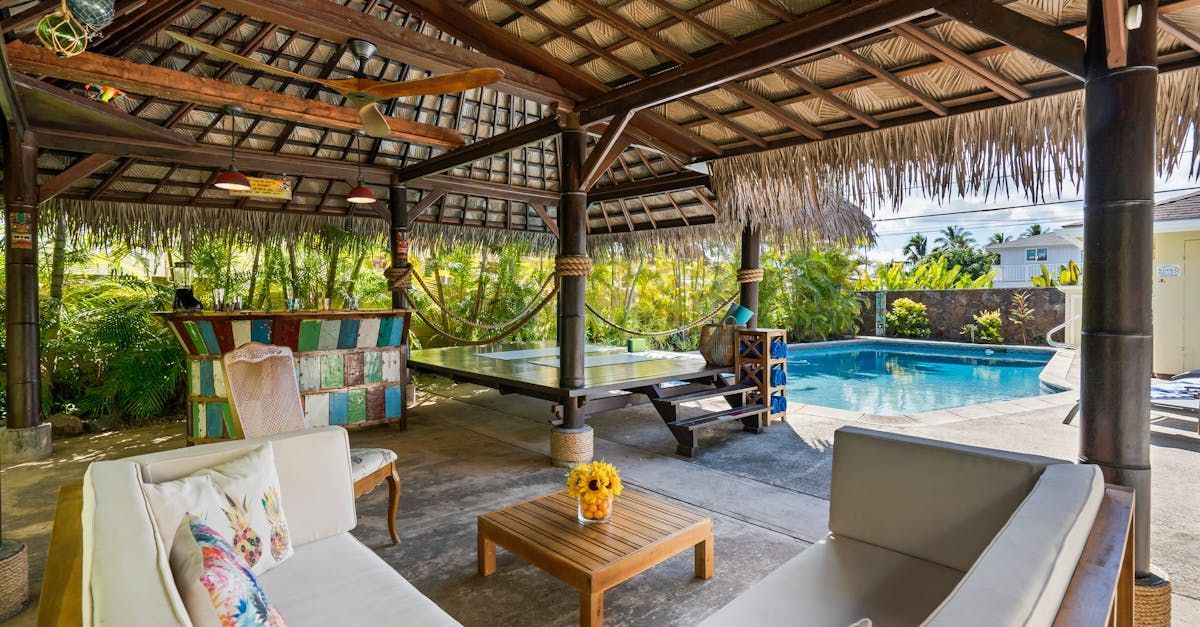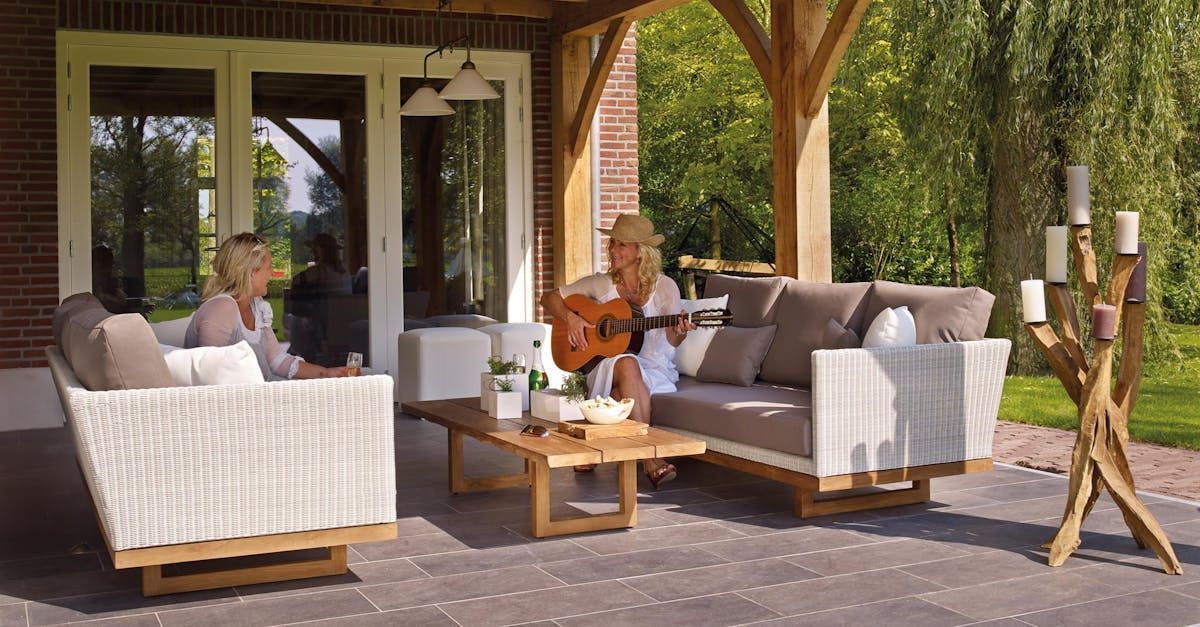Bright Ideas: Lighting Solutions for Kitchens
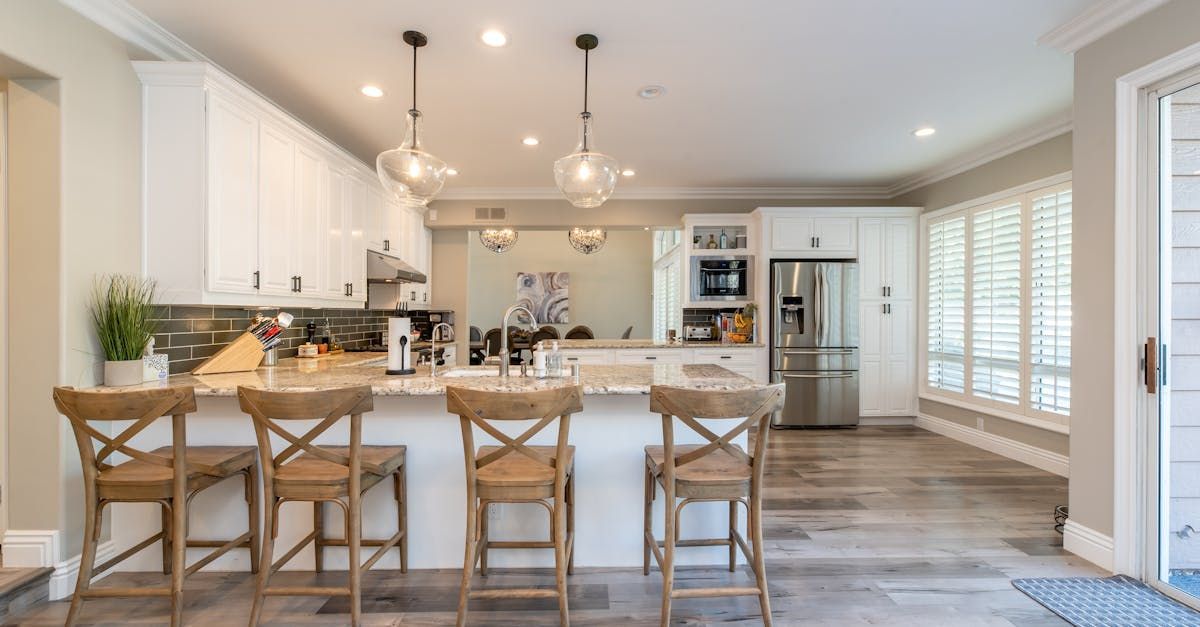
When planning a kitchen remodel, one of the most impactful changes you can make is updating the lighting. Effective kitchen lighting solutions can transform your cooking and dining experience, making your kitchen both functional and aesthetically pleasing. Let's explore some unique ideas and tips to ensure your kitchen shines in all the right ways.
Key Takeaways
- Task lighting is essential for meal prep and cooking.
- Ambient lighting creates a welcoming atmosphere.
- Accent lighting adds a decorative touch.
- Energy-efficient LED lights can save money and reduce your carbon footprint.
- Smart lighting systems provide enhanced control and convenience.
The Importance of Kitchen Lighting
Kitchen lighting isn't just about brightening a space; it's about creating an environment where you can cook, eat, and entertain comfortably. Whether you're slicing vegetables or hosting a dinner party, the right lighting can make all the difference.
Different Types of Kitchen Lighting
Understanding the various types of lighting and their purposes will help you make the best choices for your kitchen.
Task Lighting
Task lighting is focused light that illuminates specific areas where you perform tasks. In the kitchen, this could be under cabinet lights that help you see better while chopping vegetables or pendant lights above the island where you prepare meals.
Best Uses for Task Lighting:
- Under cabinets
- Above the kitchen island
- Over the sink
Ambient Lighting
Ambient lighting provides general illumination and sets the overall mood of the room. It can come from ceiling-mounted fixtures, recessed lights, or even large windows that let natural light flood in.
Best Uses for Ambient Lighting:
- Ceiling fixtures
- Recessed lighting
- Natural light sources
Accent Lighting
Accent lighting adds a decorative layer to your kitchen. It highlights architectural features, artwork, or decorative items, providing depth and interest to the space.
Best Uses for Accent Lighting:
- Inside glass-front cabinets
- Above or under cabinets
- Spotlighting art or decor
Choosing the Right Bulbs
Picking the right bulbs is crucial. Options like incandescent, fluorescent, and LED bulbs each have their pros and cons.
Bulb Type Pros - Cons
- Incandescent Warm light, inexpensive Short lifespan, high energy use
- Fluorescent Energy-efficient, long-lasting Cooler light, contains mercury
- LED Highly energy-efficient, long-lasting Higher upfront cost, directional light
The Role of Color Temperature
Color temperature affects how the light appears and can influence the ambiance of your kitchen. Measured in Kelvins (K), it ranges from warm (yellowish) to cool (bluish) light.
- 2700K-3000K: Warm white, suitable for cozy, intimate spaces.
- 3500K-4100K: Neutral white, ideal for task lighting and workspaces.
- 5000K-6500K: Daylight, best for areas where you need high visibility.
Innovative Lighting Solutions
Let's dive into some unique and innovative lighting solutions that can elevate your kitchen remodel to the next level.
LED Strip Lights
LED strip lights are flexible and can be installed almost anywhere. Use them under cabinets, along toe-kicks, or even inside drawers for a modern, sleek look.
Advantages of LED Strip Lights:
- Energy-efficient
- Long-lasting
- Versatile installation
Smart Lighting Systems
Smart lighting systems offer unparalleled convenience. With just a tap on your smartphone, you can adjust the brightness, color, and even the schedule of your lights.
Benefits of Smart Lighting:
- Remote control via smartphone
- Customizable settings
- Energy-saving features
Pendant Lights
Pendant lights are both functional and stylish. They come in various shapes, sizes, and finishes, making them a versatile choice for kitchen islands or dining areas.
Top Trends in Pendant Lighting:
- Industrial-style metal fixtures
- Glass pendants for a minimalist look
- Clustered pendants for a dramatic effect
Recessed Lighting
Recessed lighting is perfect for providing even, unobtrusive illumination. It's especially effective in kitchens with lower ceilings where traditional fixtures might be too bulky.
Installation Tips for Recessed Lighting:
- Space them evenly for uniform light distribution
- Use dimmable bulbs for adjustable ambiance
- Consider adding gimbals for directional lighting
Under Cabinet Lighting
Under cabinet lighting is a must-have for any functional kitchen. It provides direct light to your countertops, making meal prep safer and easier.
Types of Under Cabinet Lights:
- LED strips for continuous light
- Puck lights for focused illumination
- Motion sensor lights for hands-free operation
Chandeliers
Don't overlook the charm of a chandelier in the kitchen. It can serve as a stunning focal point, especially in open-plan spaces.
Choosing the Right Chandelier:
- Ensure it's proportionate to your space
- Match the style with your kitchen decor
- Use a dimmer switch for adjustable lighting
Natural Light Maximization
Maximizing natural light can make your kitchen feel more open and airy. Consider adding larger windows or skylights if your renovation budget allows.
Benefits of Natural Light:
- Reduces the need for artificial lighting
- Enhances mood and wellbeing
- Highlights the natural beauty of your kitchen
Energy Efficiency
Energy-efficient lighting solutions not only save you money but also reduce your environmental impact.
LED Bulbs
LED bulbs are a popular choice for their longevity and low energy consumption. They use up to 85% less energy than traditional incandescent bulbs.
Why Choose LED Bulbs:
- Long lifespan (up to 25,000 hours)
- Lower energy bills
- Reduced heat emission
Motion Sensors
Installing motion sensors can significantly reduce energy waste by ensuring that lights are only on when needed.
Ideal Places for Motion Sensors:
- Pantry
- Under cabinets
- Inside drawers
DIY vs Professional Installation
While some lighting projects can be tackled as DIY, others are best left to professionals. Here’s a quick comparison to help you decide.
Project Type DIY vs Professional Installation
- Changing light bulbs Easy to handle Not typically needed
- Installing LED strips Moderate difficulty Optional
- Recessed lighting Requires electrical knowledge Recommended
- Smart lighting system Can be complex Advised for best results
- Adding new fixtures May require electrical work Necessary
User Experience and Real-life Applications
Our clients have shared their experiences with us, showcasing how the right kitchen lighting transformed their spaces.
The Johnson Family
The Johnson family wanted a kitchen that was both functional and inviting. We installed a combination of task, ambient, and accent lighting, including LED strip lights under cabinets and pendant lights over the island. The result? A bright, welcoming space that they love to cook and entertain in.
Small Apartment Makeover
Living in a small apartment doesn’t mean you have to compromise on lighting. For a recent project, we used recessed lighting and under cabinet LED strips to make the kitchen appear larger and more modern. The client was thrilled with how the lighting made their small space feel more open and functional.
Common Mistakes to Avoid
Even with the best intentions, it's easy to make lighting mistakes. Here are some common pitfalls and how to avoid them.
Overlooking Task Lighting
Many people forget how important task lighting is. Without it, you might find yourself working in your own shadow.
Ignoring Color Temperature
Choosing bulbs with the wrong color temperature can make your kitchen feel either too cold or too warm. Always match the color temperature to your desired ambiance.
Skipping Dimmers
Dimmers give you control over your lighting intensity, which is essential for creating the perfect atmosphere. Make sure to include dimmers in your lighting plan.
Expert Tips and Tricks
Here are some tips from our experts to ensure your kitchen lighting is top-notch.
Layer Your Lighting
Using a combination of task, ambient, and accent lighting will give your kitchen depth and versatility.
Use Reflective Surfaces
Reflective surfaces like glossy countertops and stainless steel appliances can enhance your lighting by bouncing light around the room.
Plan for Flexibility
Your lighting needs may change over time. Install fixtures and systems that offer flexibility, like adjustable LED strips and smart lighting controls.
- According to a Statista report, the global market size for kitchen appliances was valued at approximately $182.5 billion in 2020.
- Lighting solutions account for a significant portion of kitchen remodeling projects. HGTV reports that homeowners typically spend between <$20,000 and $60,000
- $20,000 for a minor kitchen remodel
- $40,000 for a major kitchen remodel
- $60,000 for a high-end kitchen remodel
- on their projects, with lighting making up around 5-10% of the budget.
- Under-cabinet lighting is a popular choice for kitchens. The Home Depot offers a variety of under-cabinet lighting options, with prices ranging from <$15 to $150
- LED strip lights starting at <$15
- Puck lights starting at <$20
- Plug-in under-cabinet lights starting at <$30
- Recessed lighting is another common choice for kitchens. The U.S. Department of Energy reports that recessed lights use between 25 and 100 watts, depending on the bulb type and size.
- Task lighting, which is used for specific tasks such as food preparation, is essential in a kitchen. The Home Depot offers task lights starting at <$15.
Essential Lighting Features for Modern Kitchens
- Dimmable lights for adjustable ambiance
- Energy-efficient LED bulbs to save on electricity bills
- Smart lighting systems for convenience and control
- Under cabinet lighting for focused task light
- Pendant lights for style and function
- Recessed lighting for unobtrusive illumination
- Chandeliers for a touch of elegance
- Motion sensors to reduce energy waste
- Accent lights to highlight decor and features
- Color temperature control for the perfect atmosphere
Conclusion
Effective kitchen lighting is about more than just installing a few fixtures. It's about creating a layered, versatile, and functional lighting plan that enhances every aspect of your kitchen. By understanding the different types of lighting and how to use them, you can create a space that's not only beautiful but also perfectly suited to your needs.
For personalized advice or help with your kitchen lighting project, feel free to reach out to Tidepoint Construction Group. Our team has the experience and expertise to transform your kitchen into a bright, welcoming space you'll love.
Feel free to contact us at info@tidepointconstruction.com or call us at +1-843-415-2741 to discuss your kitchen remodeling needs. Our experts are ready to help you create the kitchen of your dreams.
Contact us today for a free evaluation and estimate on your project!
We are committed to delivering superior renovations that stand the test of time. We take immense pride in our craftsmanship and prioritize your satisfaction with the final outcome. You work hard to make your house feel like home, so when you want to make a change, choose a home remodeling contractor that puts careful thought into every detail. You can count on an experienced professional from our team to take care of all your projects in the Hilton Head Island, SC area, from minor kitchen remodeling services and bathroom remodeling services to major construction projects, like home additions.
